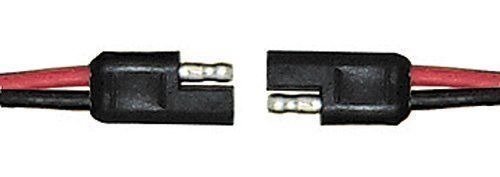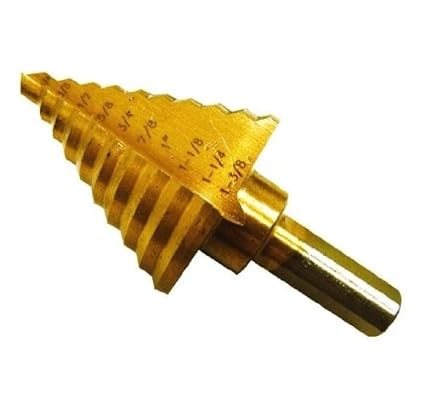I'm recalling a thread here talking about how frequently used electronics are best wired directly into the system rather than using a 12V socket, is that correct?
Laptop chargers keep breaking on me, my most recent one very clearly on its way out the past 2 days, so while I'm pretty overwhelmed by other projects at the moment communications are essential so I'm wondering if someone might be able to offer a basic step-by-step that might be doable, at least as a short-term solution?
I currently use a grid charger plugged into my inverter (inverter is not the issue, same problem plugged into a house outlet). I purchased a 12V charger last year and and am awaiting the second replacement, as neither the first one nor its replacement lasted even a week. Apparently my return got lost in the mail so there's been a lengthy delay.
I've got a fusebox properly hooked up to the battery, extra spots on it and extra fuses. My laptop charger is 40 watts, and the laptop itself says DC rating is 2.1A.
How doable is this for someone new to electronics?
Laptop chargers keep breaking on me, my most recent one very clearly on its way out the past 2 days, so while I'm pretty overwhelmed by other projects at the moment communications are essential so I'm wondering if someone might be able to offer a basic step-by-step that might be doable, at least as a short-term solution?
I currently use a grid charger plugged into my inverter (inverter is not the issue, same problem plugged into a house outlet). I purchased a 12V charger last year and and am awaiting the second replacement, as neither the first one nor its replacement lasted even a week. Apparently my return got lost in the mail so there's been a lengthy delay.
I've got a fusebox properly hooked up to the battery, extra spots on it and extra fuses. My laptop charger is 40 watts, and the laptop itself says DC rating is 2.1A.
How doable is this for someone new to electronics?















































































